Home>Furniture & Design>Bathroom Accessories>How To Make A First Aid Kit For Girl Scouts
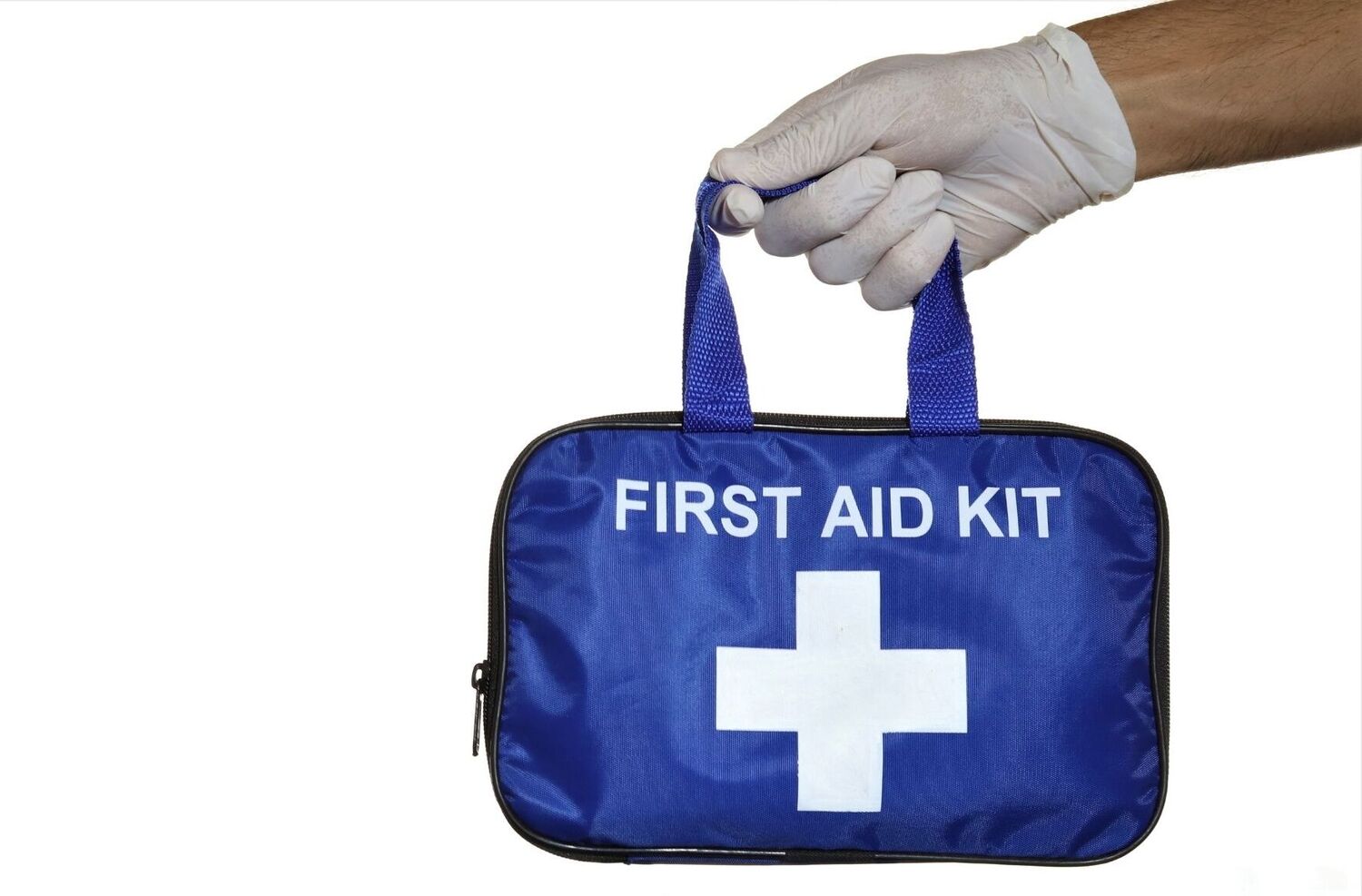

Bathroom Accessories
How To Make A First Aid Kit For Girl Scouts
Modified: August 16, 2024
Learn how to create a comprehensive first aid kit for Girl Scouts with essential bathroom accessories. Be prepared for any adventure with this DIY guide.
(Many of the links in this article redirect to a specific reviewed product. Your purchase of these products through affiliate links helps to generate commission for Storables.com, at no extra cost. Learn more)
Introduction
Creating a first aid kit for Girl Scouts is an essential step in ensuring their safety during outdoor activities and events. Whether they are embarking on a camping trip, hiking adventure, or participating in community service projects, having a well-equipped first aid kit can provide peace of mind for both the scouts and their leaders. This comprehensive guide will walk you through the process of assembling a first aid kit tailored to the specific needs of Girl Scouts, including essential items, additional supplies, organization tips, and the importance of training and education.
A well-prepared first aid kit is a fundamental component of any Girl Scout troop's resources. It serves as a vital tool for addressing minor injuries, managing unexpected situations, and promoting a culture of safety and preparedness. By understanding the unique requirements of Girl Scouts and the activities they engage in, we can curate a first aid kit that aligns with their adventurous spirit while prioritizing their well-being.
In the following sections, we will delve into the essential items that should be included in a Girl Scout first aid kit, as well as additional supplies that cater to the specific needs and interests of the scouts. Furthermore, we will explore effective methods for organizing and storing the first aid kit, ensuring accessibility and ease of use during outdoor excursions and troop gatherings. Additionally, we will emphasize the significance of training and education for Girl Scouts, empowering them with the knowledge and skills to respond to medical emergencies and promote a culture of safety within their community.
As we embark on this journey of creating a first aid kit for Girl Scouts, it is important to recognize the value of preparedness and the positive impact it can have on the scouts' experiences. By equipping them with the necessary tools, knowledge, and resources, we can foster a sense of confidence and resilience, enabling the Girl Scouts to embrace their adventures with a heightened awareness of safety and well-being.
Key Takeaways:
- Girl Scouts need a well-prepared first aid kit with bandages, wipes, and other supplies for outdoor adventures. It’s important to be ready for injuries and stay safe.
- Organizing and storing the first aid kit, along with training and education, helps Girl Scouts be confident and prepared for medical emergencies during their scouting journey.
Read more: How To Make Your Own First Aid Kit
Essential Items for a First Aid Kit
A well-prepared first aid kit is a fundamental component of any Girl Scout troop's resources. It serves as a vital tool for addressing minor injuries, managing unexpected situations, and promoting a culture of safety and preparedness. When assembling a first aid kit for Girl Scouts, it is crucial to include essential items that can effectively address common injuries and medical needs that may arise during outdoor activities and troop gatherings. Here are the key items that should be included in a Girl Scout first aid kit:
-
Adhesive Bandages: Also known as band-aids, these are essential for covering minor cuts, scrapes, and blisters. Including a variety of sizes ensures that the scouts are prepared for different types of injuries.
-
Gauze Pads and Medical Tape: These items are indispensable for dressing larger wounds and providing additional protection. They are versatile and can be used to secure bandages in place.
-
Antiseptic Wipes and Alcohol Pads: Keeping the kit stocked with antiseptic wipes and alcohol pads allows for proper cleaning of wounds, reducing the risk of infection.
-
Tweezers and Scissors: These tools are essential for removing splinters, cutting medical tape, or trimming bandages to the required size.
-
Disposable Gloves: It's important to prioritize hygiene when tending to injuries. Disposable gloves help prevent the spread of germs and protect both the first aider and the injured individual.
-
Instant Cold Packs: These packs provide quick relief for minor sprains, strains, and bruises. They are activated by squeezing or shaking and can be applied to the injured area to reduce swelling and alleviate pain.
-
Triangular Bandage: This multi-purpose item can be used as a sling to support an injured arm, as a bandage to secure a dressing, or as a tourniquet in case of severe bleeding.
-
CPR Face Shield: In the event of a medical emergency requiring CPR, a CPR face shield provides a protective barrier while administering rescue breaths, reducing the risk of cross-contamination.
-
Emergency Blanket: Also known as a space blanket, this lightweight and compact item can help retain body heat and provide insulation in case of exposure to cold weather.
-
First Aid Manual: Including a comprehensive first aid manual provides valuable guidance on how to administer basic first aid and respond to common medical emergencies.
By including these essential items in the first aid kit, Girl Scouts can be better prepared to address minor injuries and medical needs during their outdoor adventures and community activities. These items form the foundation of a well-equipped first aid kit, laying the groundwork for a safe and enjoyable scouting experience.
Additional Items for Girl Scouts
In addition to the essential items that form the core of a first aid kit, there are several additional supplies that cater to the specific needs and interests of Girl Scouts. These items are tailored to enhance the scouts' outdoor experiences, address unique challenges they may encounter, and promote a sense of preparedness and self-sufficiency. Including these additional items in the first aid kit not only expands its capabilities but also aligns with the adventurous spirit and diverse activities of the Girl Scouts.
Insect Repellent Wipes or Spray
Outdoor excursions often bring the scouts in close contact with nature, including areas where insects may be prevalent. Including insect repellent wipes or spray in the first aid kit can help protect the scouts from insect bites and potential exposure to insect-borne illnesses. This addition is particularly valuable during camping trips, hikes, and outdoor activities in wooded areas.
Sunscreen
As the Girl Scouts engage in various outdoor activities, including hiking, camping, and community service projects, protection from the sun's harmful rays is essential. Sunscreen provides a crucial defense against sunburn and skin damage, promoting sun safety and overall well-being during outdoor adventures.
Read more: Where Is First Aid Kit From
Blister Treatment
Given the active nature of Girl Scout activities, such as hiking and long walks, the risk of developing blisters is a common concern. Including blister treatment products, such as moleskin or blister pads, can alleviate discomfort and prevent further irritation, enabling the scouts to continue their activities with minimal disruption.
Allergy Medication
Some scouts may have known allergies or may develop allergic reactions to environmental factors during outdoor excursions. Including allergy medication, such as antihistamines, can help manage allergic symptoms and provide relief in the event of an allergic reaction, ensuring the well-being of the scouts during outdoor activities.
Personal Medications
For scouts with known medical conditions or specific medication requirements, it is important to include their personal medications in the first aid kit. This ensures that individual medical needs are addressed, promoting a safe and inclusive environment for all scouts.
Whistle
A whistle serves as a versatile signaling device that can be used to attract attention in emergency situations. Including a whistle in the first aid kit empowers the scouts to effectively communicate distress signals and seek assistance when needed, enhancing their safety during outdoor adventures.
Read more: What Is Inside A First Aid Kit
Notepad and Pencil
Incorporating a notepad and pencil allows the scouts to record important information, such as injury details, emergency contacts, or specific observations during outdoor activities. This facilitates effective communication and documentation in the event of a medical incident or emergency.
By including these additional items in the first aid kit, tailored to the specific needs and interests of Girl Scouts, we can enhance their outdoor experiences, promote safety and preparedness, and empower them to embrace their adventures with confidence and resilience. These items complement the essential supplies, enriching the first aid kit with versatile tools and resources that align with the diverse activities and challenges encountered by Girl Scouts during their scouting journey.
Organizing and Storing the First Aid Kit
Efficient organization and proper storage of the first aid kit are essential to ensure its accessibility, functionality, and longevity. By implementing effective organizational strategies and selecting suitable storage solutions, Girl Scout troops can maintain a well-maintained and readily available first aid kit for their outdoor activities and troop gatherings.
Container Selection
Selecting an appropriate container for the first aid kit is the first step in ensuring its organization and portability. Opt for a durable and waterproof container that can withstand outdoor conditions and protect the contents from moisture and damage. Consider a container with multiple compartments or transparent pockets to facilitate easy access and visual identification of items.
Labeling and Categorization
Labeling individual items and categorizing them based on their purpose can streamline the retrieval process during emergencies. Utilize clear, descriptive labels for different sections of the first aid kit, such as wound care, medications, and tools. Categorizing items according to their function enhances efficiency and enables quick identification of the required supplies.
Read more: How To Organize A First Aid Kit
Inventory Management
Regularly assess the contents of the first aid kit and replenish items as needed. Implement a system for tracking expiration dates of medications, ointments, and other perishable supplies, ensuring that the kit is consistently stocked with viable and effective resources. Conduct routine inventory checks to identify any missing or depleted items and promptly restock the kit to maintain its preparedness.
Accessibility and Portability
Ensure that the first aid kit is easily accessible during outdoor activities and troop gatherings. Consider incorporating a carrying handle or straps for convenient transport, allowing designated individuals to readily bring the kit to different locations within the scouting environment. Additionally, prioritize portability by selecting a compact and lightweight container that can be effortlessly carried during hikes, camping trips, and community service projects.
Climate Considerations
Take into account the environmental conditions that the first aid kit may be exposed to, such as temperature fluctuations and humidity. Store the kit in a cool, dry location to preserve the integrity of its contents and prevent degradation of medications and supplies. Consider using moisture-resistant packaging for individual items to safeguard them from environmental factors.
Training and Familiarization
Educate Girl Scouts and troop leaders on the organization and contents of the first aid kit. Familiarize them with the layout of the kit, the purpose of each item, and the proper usage of medical supplies. Encourage scouts to participate in organizing and maintaining the first aid kit, fostering a sense of responsibility and preparedness within the troop.
By implementing these organizational and storage practices, Girl Scout troops can ensure that their first aid kit is effectively organized, readily accessible, and equipped to address the medical needs of scouts during their outdoor adventures and community activities. Efficient organization and proper storage not only enhance the functionality of the first aid kit but also contribute to a culture of safety and preparedness within the scouting community.
Read more: What Are 10 Items In A First Aid Kit?
Training and Education for Girl Scouts
Empowering Girl Scouts with the knowledge and skills to respond to medical emergencies is a fundamental aspect of promoting a culture of safety and preparedness within the scouting community. Training and education play a pivotal role in equipping scouts with the confidence and capability to address common injuries, recognize potential hazards, and take proactive measures to ensure their well-being during outdoor activities and troop gatherings.
First Aid Training
Introducing Girl Scouts to basic first aid principles and techniques is an invaluable investment in their safety and preparedness. Organizing first aid training sessions, led by qualified instructors or healthcare professionals, allows the scouts to learn essential skills such as wound care, bandaging, and CPR. Hands-on training not only imparts practical knowledge but also instills a sense of confidence in the scouts, enabling them to respond effectively to medical incidents.
Scenario-Based Learning
Engaging Girl Scouts in scenario-based learning exercises provides a dynamic and interactive approach to first aid education. Simulating common outdoor injuries and medical emergencies allows the scouts to apply their knowledge in realistic situations, honing their decision-making abilities and enhancing their problem-solving skills. By immersing them in practical scenarios, scouts develop the capacity to remain calm and composed when faced with unexpected medical situations.
Safety Guidelines and Protocols
Incorporating safety guidelines and protocols into the scouting curriculum reinforces the importance of preventive measures and risk management. Educating scouts on topics such as injury prevention, environmental hazards, and emergency protocols cultivates a proactive mindset, empowering them to identify potential risks and take preemptive actions to mitigate them. By instilling a culture of safety awareness, Girl Scouts are better equipped to navigate outdoor environments with vigilance and responsibility.
Read more: Who Invented The First Aid Kit
Community Involvement
Encouraging Girl Scouts to actively participate in community service projects related to health and safety fosters a sense of civic responsibility and empathy. Engaging in initiatives such as first aid workshops for local organizations, safety awareness campaigns, or volunteer work at medical facilities provides practical exposure to real-world applications of first aid and emergency response. Community involvement not only enriches the scouts' learning experiences but also reinforces the significance of their role in promoting safety within their community.
Ongoing Skill Development
Promoting ongoing skill development in first aid and emergency response ensures that Girl Scouts maintain their proficiency and readiness. Encouraging participation in refresher courses, advanced first aid training, and certification programs enables scouts to expand their knowledge and stay updated on the latest practices in emergency care. By fostering a culture of continuous learning, scouts are equipped to adapt to evolving challenges and contribute to a safer scouting environment.
By prioritizing training and education for Girl Scouts, we empower them to embrace their scouting journey with confidence, resilience, and a deep understanding of safety and preparedness. Investing in their knowledge and skill development not only enhances their individual capabilities but also strengthens the collective safety culture within the scouting community.
Conclusion
In conclusion, the creation of a well-equipped first aid kit tailored to the specific needs of Girl Scouts is an essential step in promoting a culture of safety, preparedness, and empowerment within the scouting community. By curating a comprehensive first aid kit that encompasses essential items, additional supplies, efficient organization, and prioritizing training and education, Girl Scout troops can ensure that their scouts are equipped to navigate outdoor adventures with confidence and resilience.
The inclusion of essential items such as adhesive bandages, gauze pads, antiseptic wipes, and CPR face shields forms the foundation of a versatile and effective first aid kit. These items address common injuries and medical needs, enabling scouts to receive prompt and appropriate care during outdoor activities. Furthermore, the addition of supplies tailored to the specific needs of Girl Scouts, such as insect repellent, blister treatment, and allergy medication, enhances the kit's capabilities and aligns with the diverse activities and challenges encountered by the scouts.
Efficient organization and proper storage of the first aid kit are crucial in ensuring its accessibility and functionality. By implementing strategies such as labeling, categorization, and inventory management, Girl Scout troops can maintain a well-maintained and readily available first aid kit. Additionally, prioritizing training and education for Girl Scouts, including first aid training, scenario-based learning, and ongoing skill development, empowers the scouts with the knowledge and confidence to respond to medical emergencies effectively.
As Girl Scouts embark on their scouting journey, the presence of a well-prepared first aid kit serves as a symbol of care, responsibility, and commitment to their well-being. It instills a sense of confidence and security, enabling the scouts to embrace their outdoor adventures with a heightened awareness of safety and preparedness. Furthermore, the emphasis on training and education fosters a culture of proactive engagement, equipping the scouts with the skills and mindset to navigate challenges and contribute to a safer scouting environment.
In essence, the creation of a first aid kit for Girl Scouts transcends the assembly of medical supplies; it embodies a commitment to the safety, well-being, and holistic development of the scouts. By integrating the principles of safety, preparedness, and empowerment into the scouting experience, Girl Scout troops lay the groundwork for a journey filled with memorable adventures, meaningful learning experiences, and a profound sense of camaraderie and resilience.
Frequently Asked Questions about How To Make A First Aid Kit For Girl Scouts
Was this page helpful?
At Storables.com, we guarantee accurate and reliable information. Our content, validated by Expert Board Contributors, is crafted following stringent Editorial Policies. We're committed to providing you with well-researched, expert-backed insights for all your informational needs.
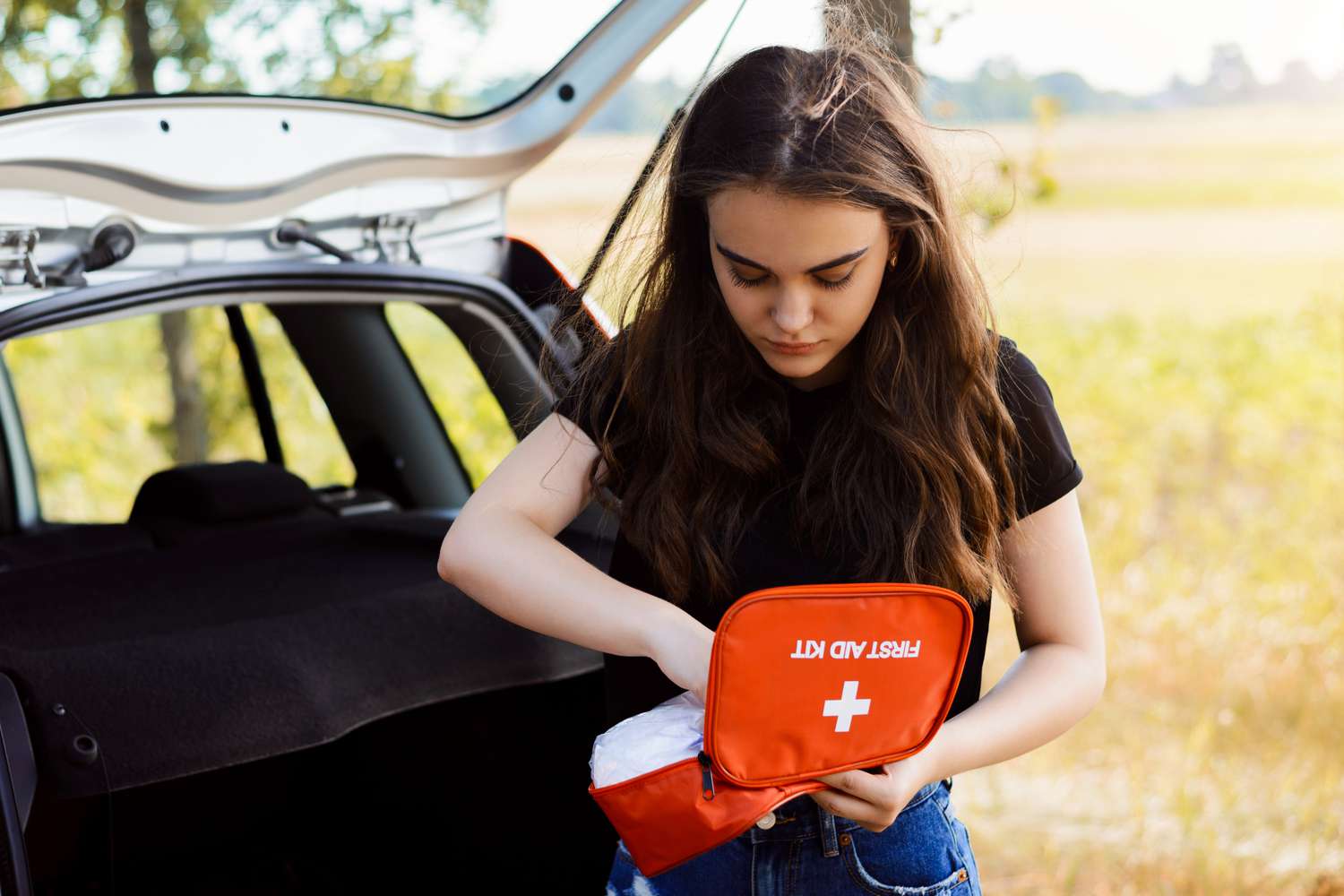
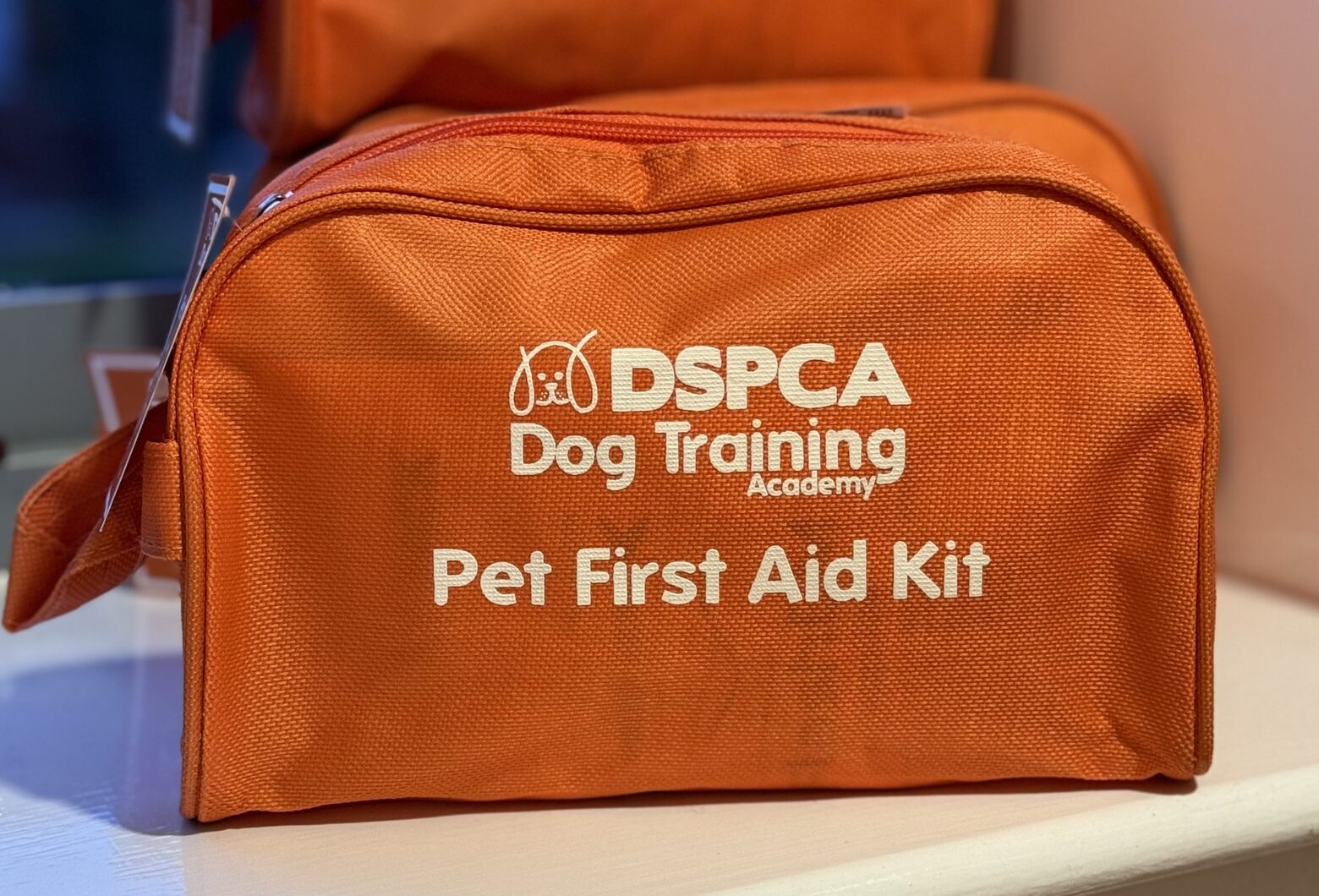
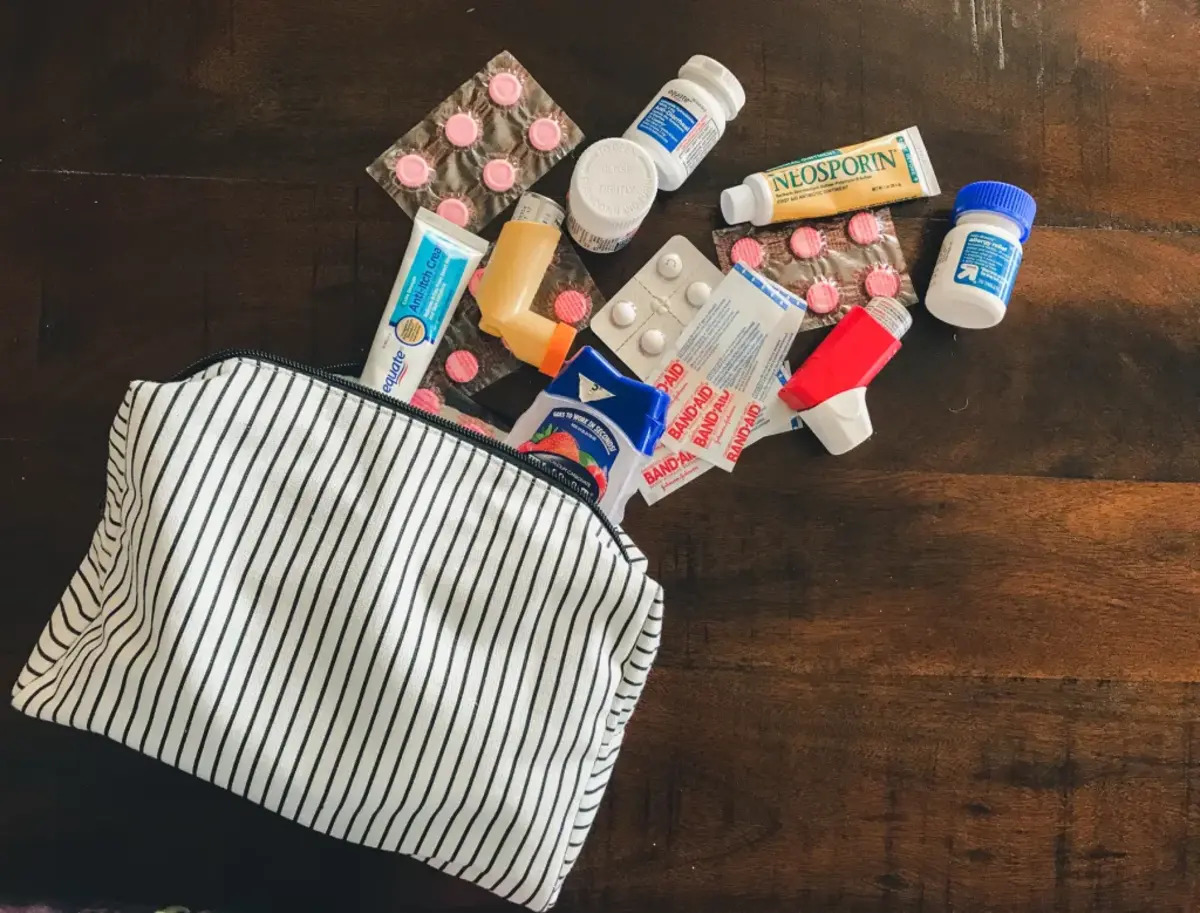
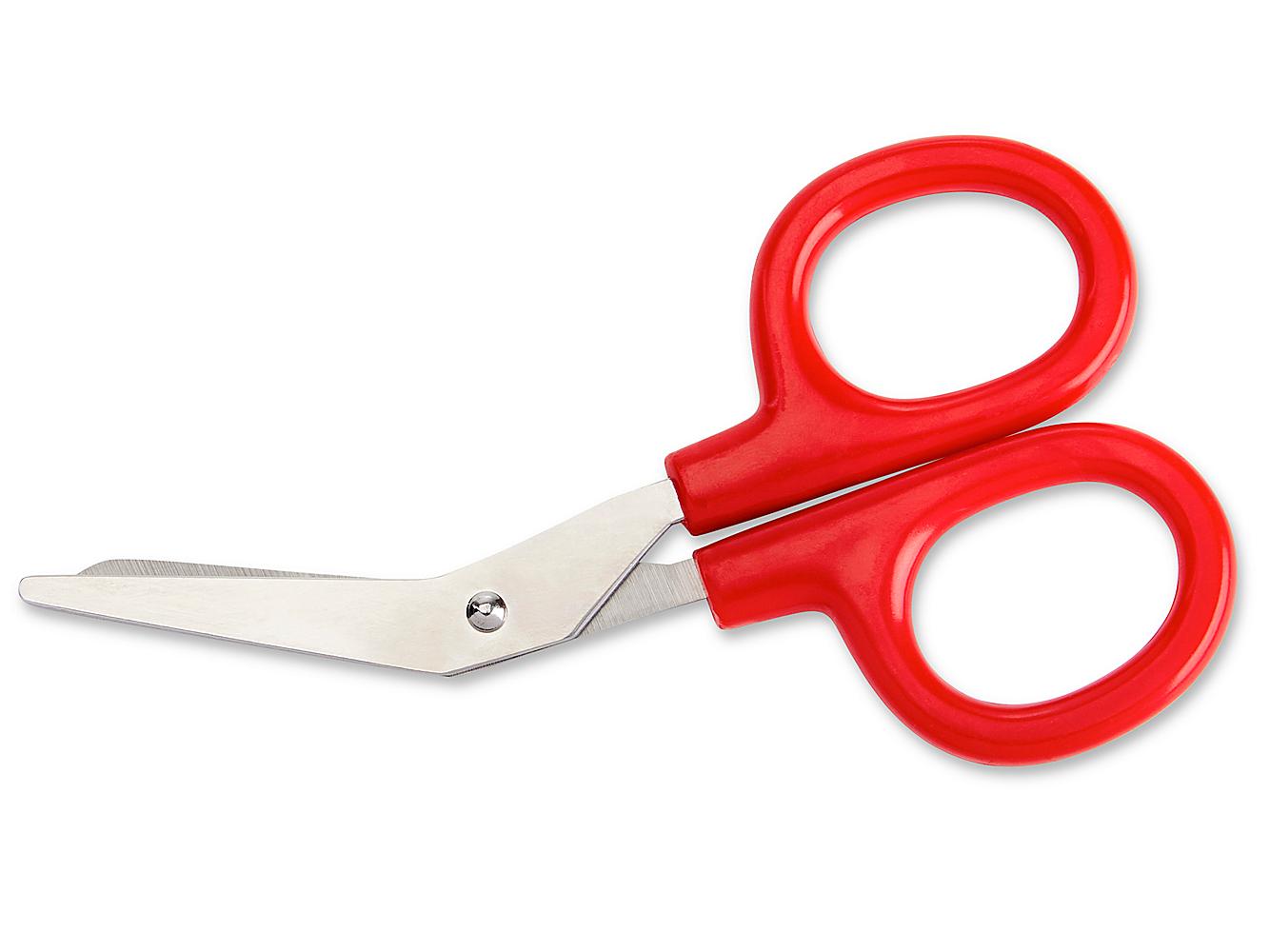
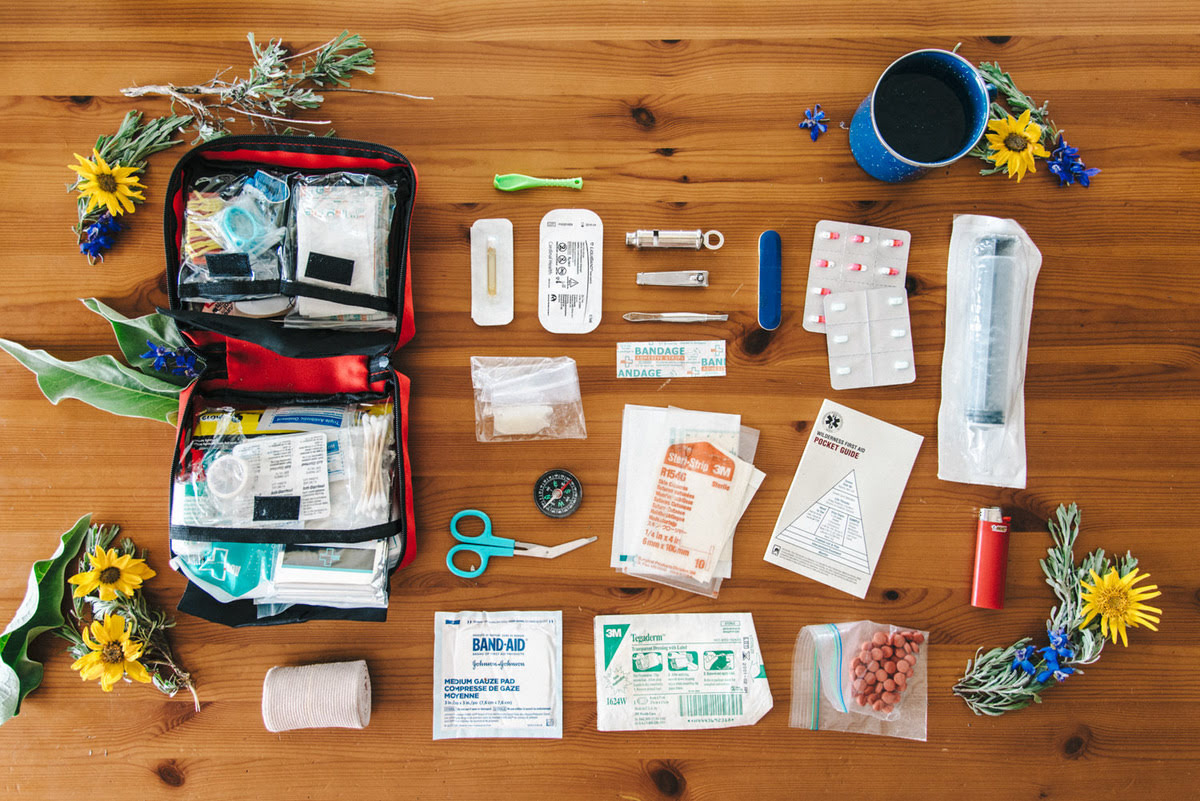
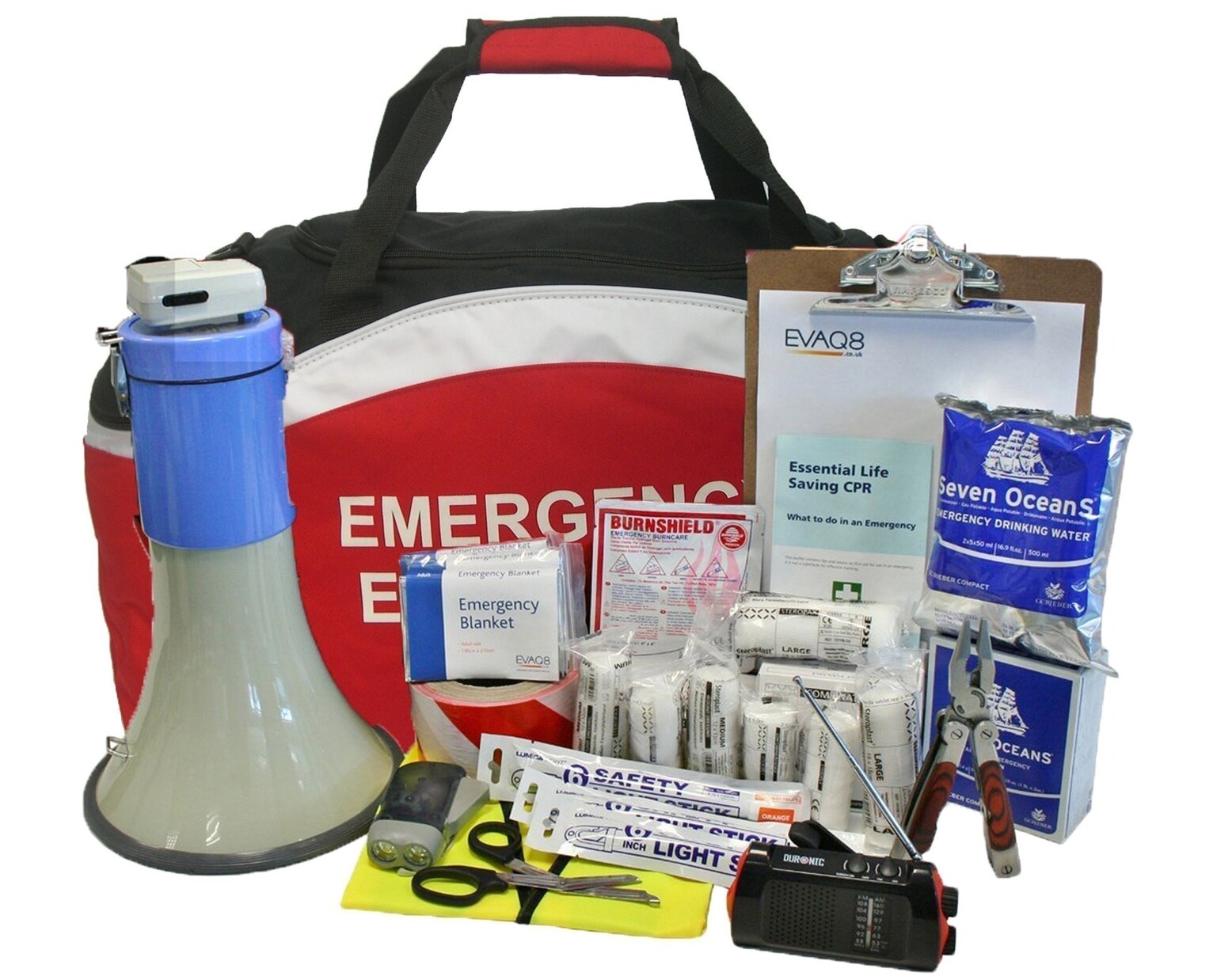
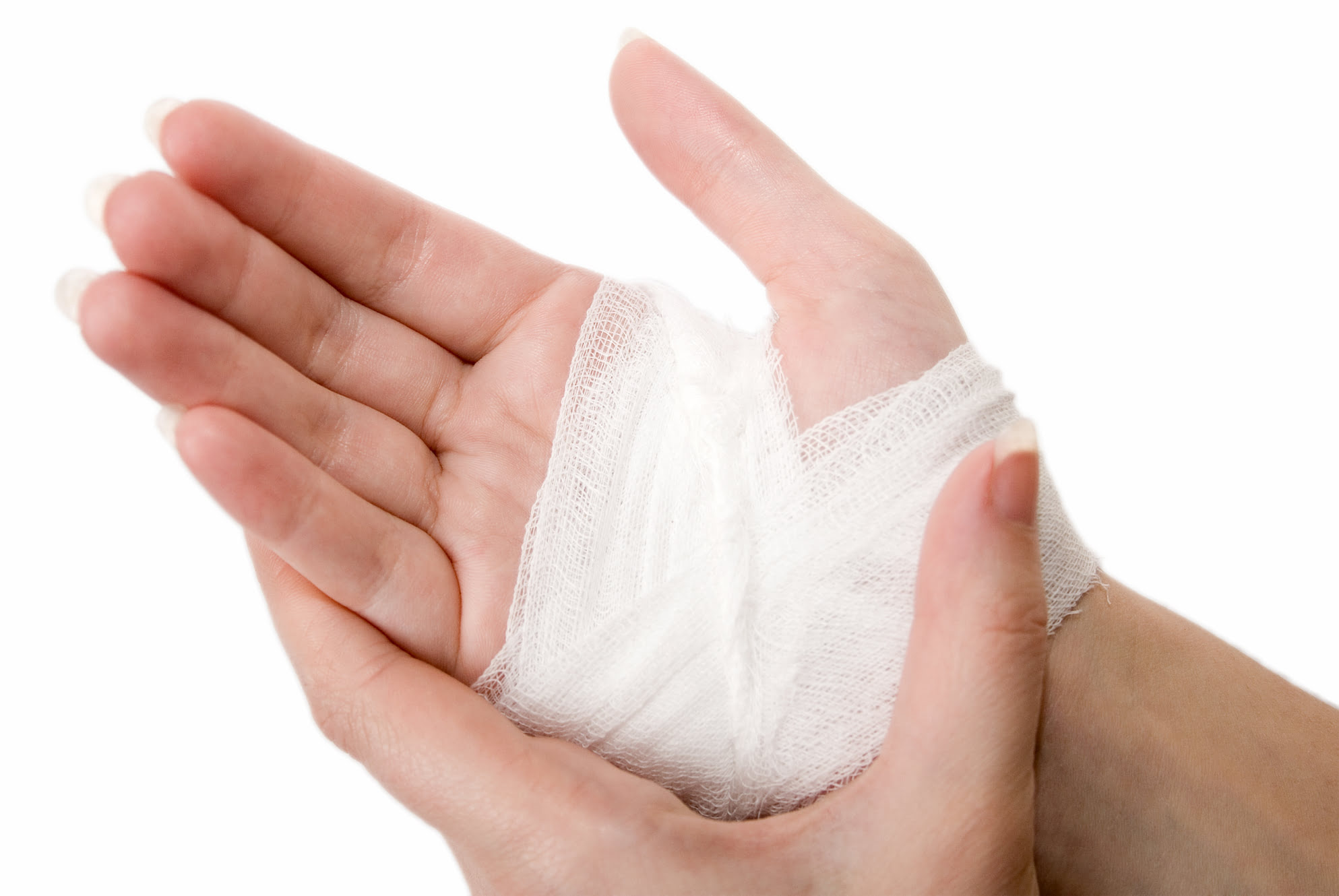
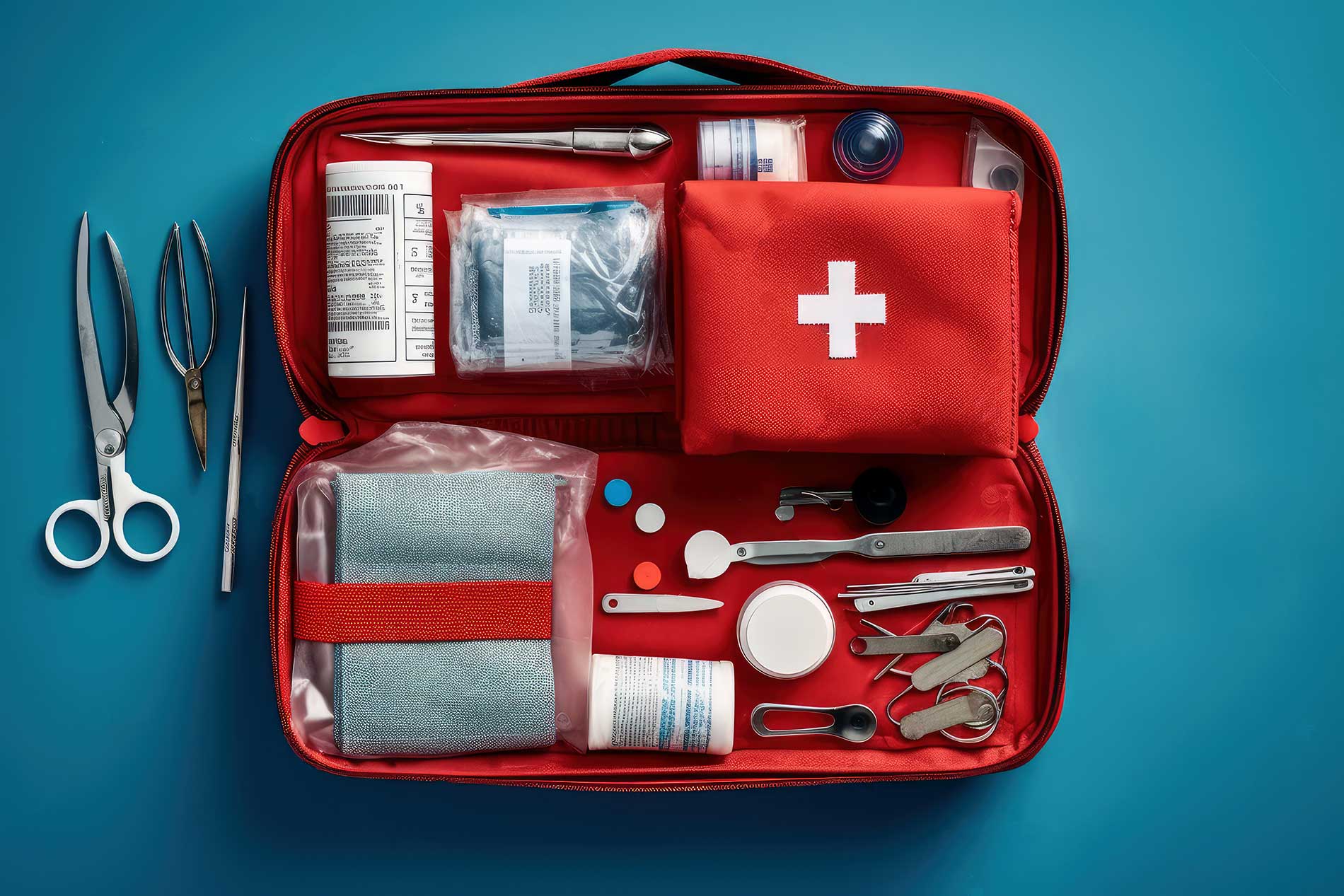
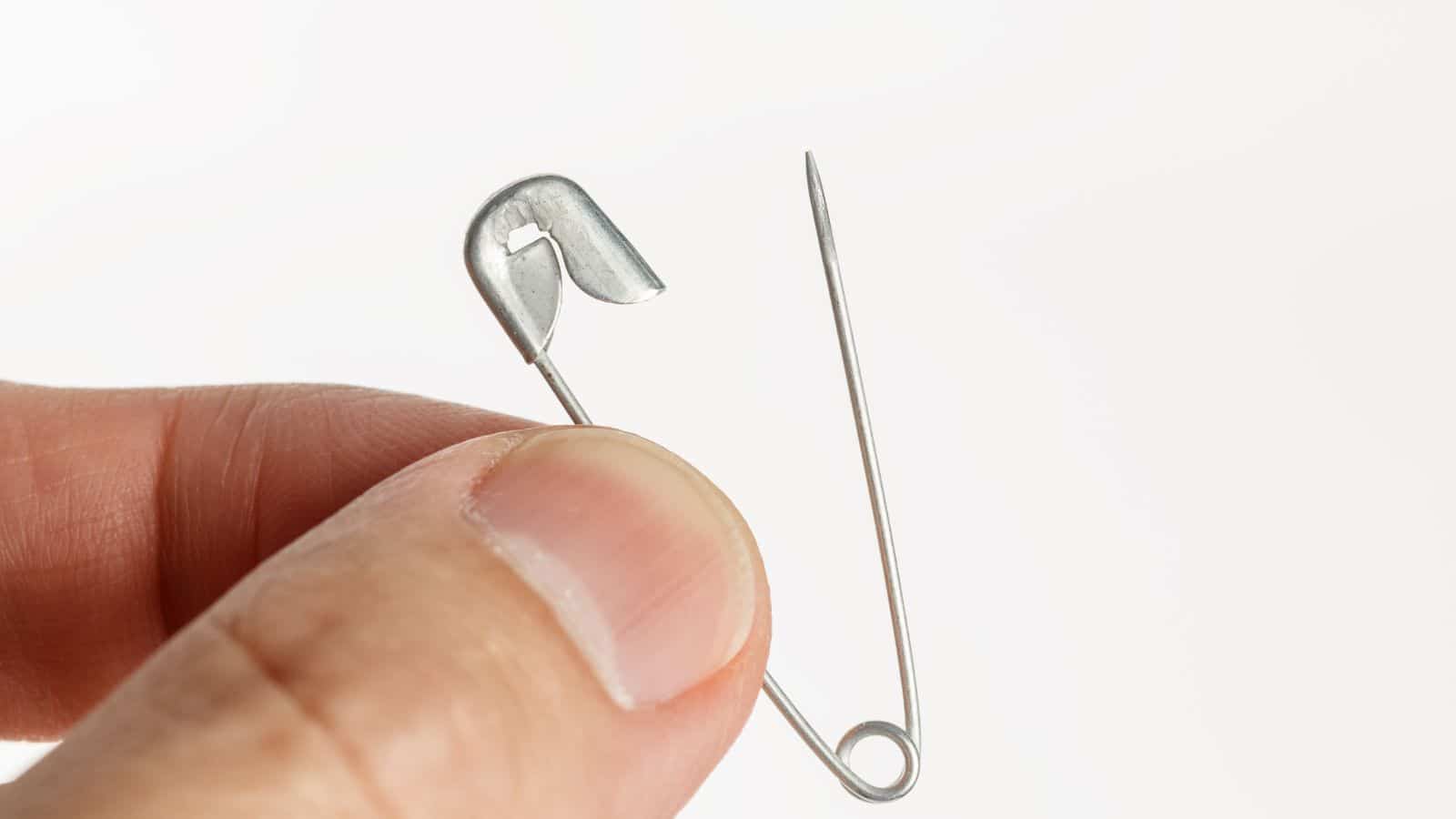
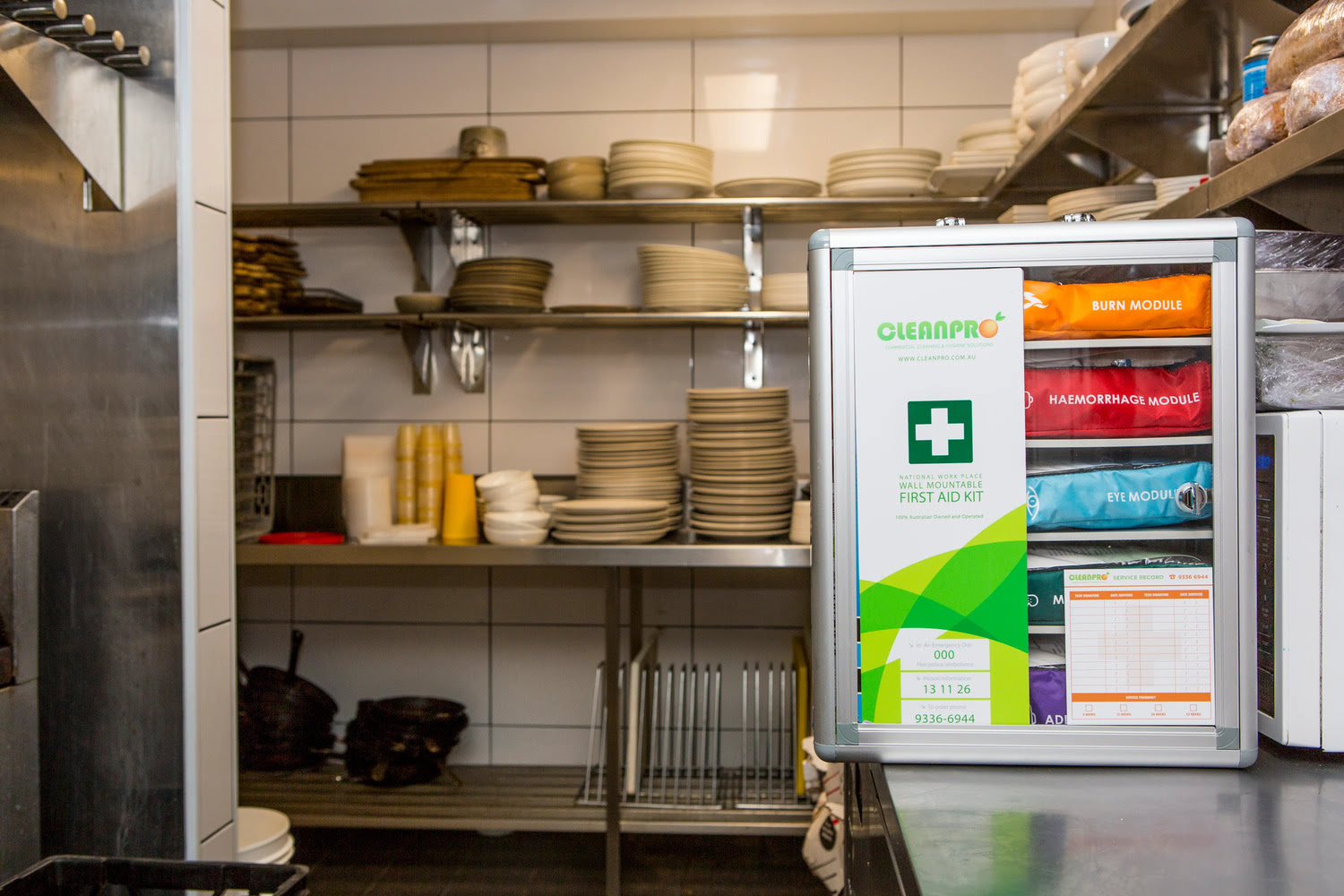

0 thoughts on “How To Make A First Aid Kit For Girl Scouts”